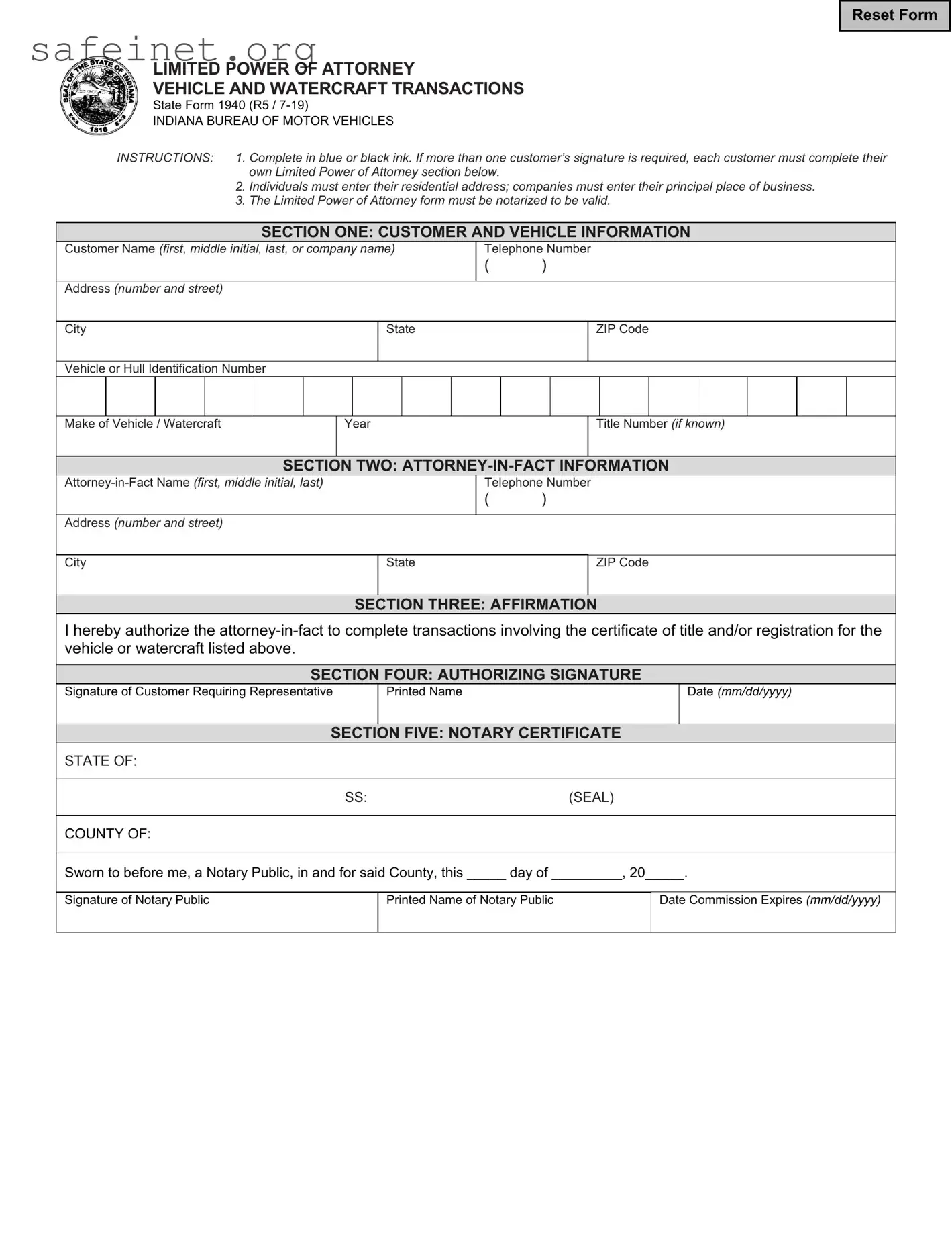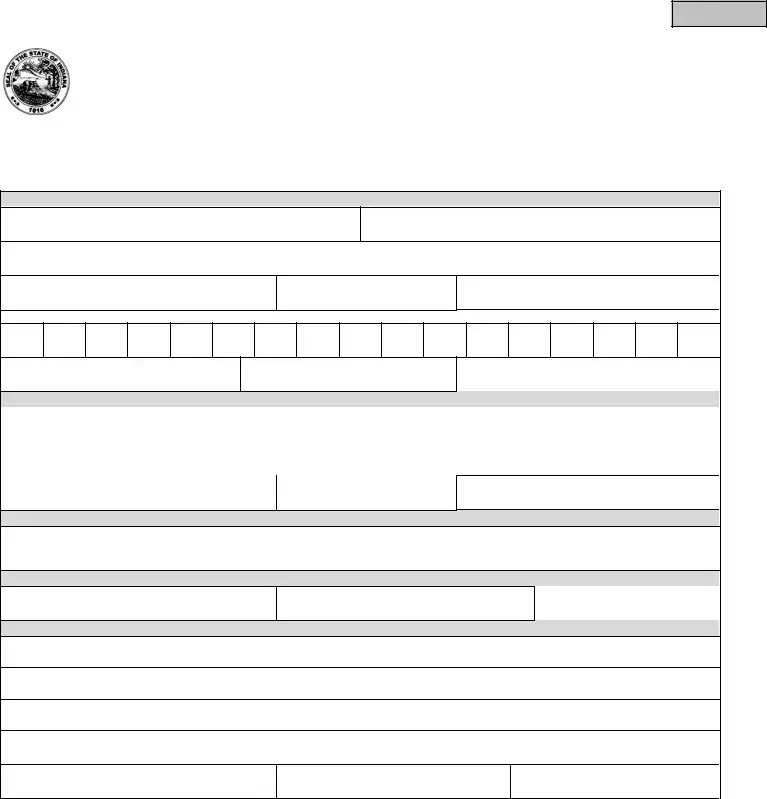What is the Vehicle POA form 01940?
The Vehicle POA form 01940, or Power of Attorney, allows an individual to authorize another person to act on their behalf regarding vehicle-related matters. This might include tasks like registering a vehicle, transferring ownership, or handling title issues.
Who can be designated as an agent on the form?
Any trusted individual can be designated as an agent. This could be a family member, friend, or professional, such as a lawyer or paralegal. Ensure the person you choose is responsible and capable of handling the tasks required.
How do I complete the Vehicle POA form 01940?
Fill out the form by providing your information and that of the designated agent. Include details about the vehicle, such as its make, model, and VIN. Be sure to sign and date the document in the designated areas to make it valid.
Is there a fee to file the Vehicle POA form 01940?
There typically is no fee for completing the form itself. However, some jurisdictions may charge fees for processing certain vehicle transactions conducted under a Power of Attorney. Check with your local Department of Motor Vehicles for specific details.
Do I need a witness or notary for the Vehicle POA form 01940?
While requirements vary by state, many jurisdictions do not require a witness or notary for this form. However, having the document notarized can add an extra layer of authenticity and may be advisable if the agent will need to present this form to a government agency.
How long is the Vehicle POA form 01940 valid?
The Vehicle POA remains valid until you revoke it or until the specific task it relates to is completed. It's essential to communicate any revocations to your agent and any relevant institutions as soon as possible.
Can I revoke the Vehicle POA form 01940?
Yes, you can revoke the Vehicle POA at any time. To do this, you must notify the designated agent in writing and file a revocation notice with any relevant parties, such as your local DMV.
Can the agent sell or transfer my vehicle?
Yes, the agent can sell or transfer your vehicle if the Vehicle POA form grants them that authority. Make sure to specify the powers you are granting within the form to avoid any confusion later.
What happens if my agent gets into legal trouble while using the Vehicle POA?
If your agent acts outside the authority granted in the POA or engages in illegal activities, you may not be held liable for their actions. However, it’s crucial to choose someone trustworthy and responsible to minimize any risk.
Where can I get the Vehicle POA form 01940?
You can typically find the Vehicle POA form 01940 on your state’s Department of Motor Vehicles (DMV) website. Additionally, many local DMV offices provide physical copies of the form for your convenience.

